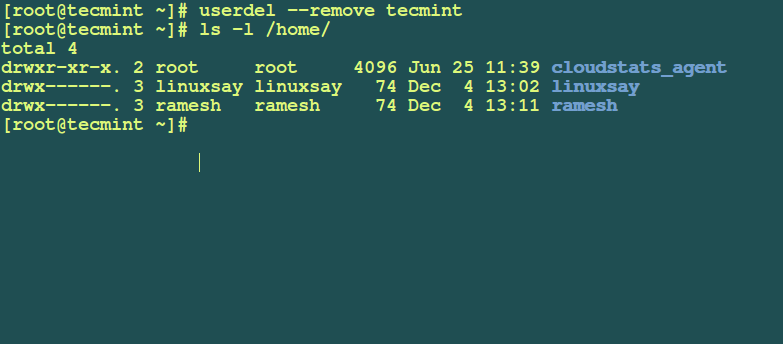Table of Content
This website is using a security service to protect itself from online attacks. The action you just performed triggered the security solution. There are several actions that could trigger this block including submitting a certain word or phrase, a SQL command or malformed data.

Some users are only expected to exist for a specified period of time. Afterwhich, the user should be effectively disabled on the system. For example, to create a new user named sysadmin1 and add them to multiple groups, you would do the following. This strategy involves the creation of multiple groups, each with its own privileges. In order to add a new user to multiple groups, you use the -G or --groups flag. As system user does not expire by default and it given a unique identifier from a range reserved for such accounts.
more stack exchange communities
It is much more secure, as it does not leave a log in a user’s shell history. I figured out why that didn't work, useradd used to only put $HOME_DIR in /home unless you specified otherwise. It now seems to automatically put it in /home/$USER instead. A cheap way might be to usermod -d /home/john2 -m john then run usermod -d /home/john -m. As per the above command, we can set the own user directory (/user5_home_dir) for the user5 user. In the CentOS environment, we can add the user with a different home directory.

Typical users are given an unique indentifer from 1000 onwards, while system users are given a 3 digit ID. System users are created for running system processes and tasks. These are not regular users, and should not be used as one. System users will be created with no aging information in /etc/shadow, and their numerical identifiers are chosen in the `SYS_UID_MIN-SYS_UID_MAX range. The question is more complex than just that - and already has better answers.
Create Home Directory For Existing User In Linux
File, the user may or may not have been assigned a home directory. If the CREATE_HOME is configured to yes, a home directory will be created for the new user by default. This time you will not get any warning message, because the home directory for the user called ostechnix has been created with mkhomedir_helper command. For example, to add an expiration date to a newly created user you would run the following useradd command. In this article we will share the procedure to create new user without home directory in Centos.

The most basic example of creating a new user in CentOS is to use the useradd command. In this tutorial, you will learn how to create a user on CentOS using the useradd command. You also see several common and real world examples of user creation. Adduser is an interactive wrapper to useradd - it is not appropriate in scripted solutions, particularly dockerfiles. The home directories weren't created because he forgot a switch.
How to create a user on CentOS
This enforces the idea that the user is cannot have a login session, such as through SSH. A best practice to prevent someone from breaking into the system with a system user. Instead, to set a password for the new user use the passwd command.

As we know, the Linux / CentOS are multi-user supporting operating systems. In other words, we can say that it is having the capability to manage multiple users. In Linux, every user is having a different set of permissions and access information. The useradd command is used to create the users in the CentOS operating system.
The above command will change the home directory of test user to /test under the root directory. As you see in the above output, the home directory for the user ostechnix does not exists, hence this error. First, this module creates the home directories and then populates them with contents of the specified skel directory. The default value of umask is 0022 and the default value of path-to-skel is /etc/skel.

As you know already, we can create a new user in Linux and Unix-like systems using adduser command, right? When we add a new user, the home directory for the respective user is automatically created by default. If you’d like a more detailed list of users, you can use the command below. Using this command will provide you with the username, UID, GID, User Details, their home directory path, and the Default Shell type for the user.
In order to set these values and have them take affect the user’s account must support password lifetimes. The example below will create a new user named student and set their home directory to /home/students/student1. The second to the last field is the user's home directory.
This brief guide explains how to create home directory for existing user in Linux and Unix-like operating systems using mkhomedir_helper command. The useradd command on its own will not set a password for your newly created user. While the -p flag can be used to set the password, it is strongly recommended that you do not use it. Password’s set from the command-line remain visible in a user’s history. Giving a new user root access is an unrelated issue and should be asked separately.

No comments:
Post a Comment